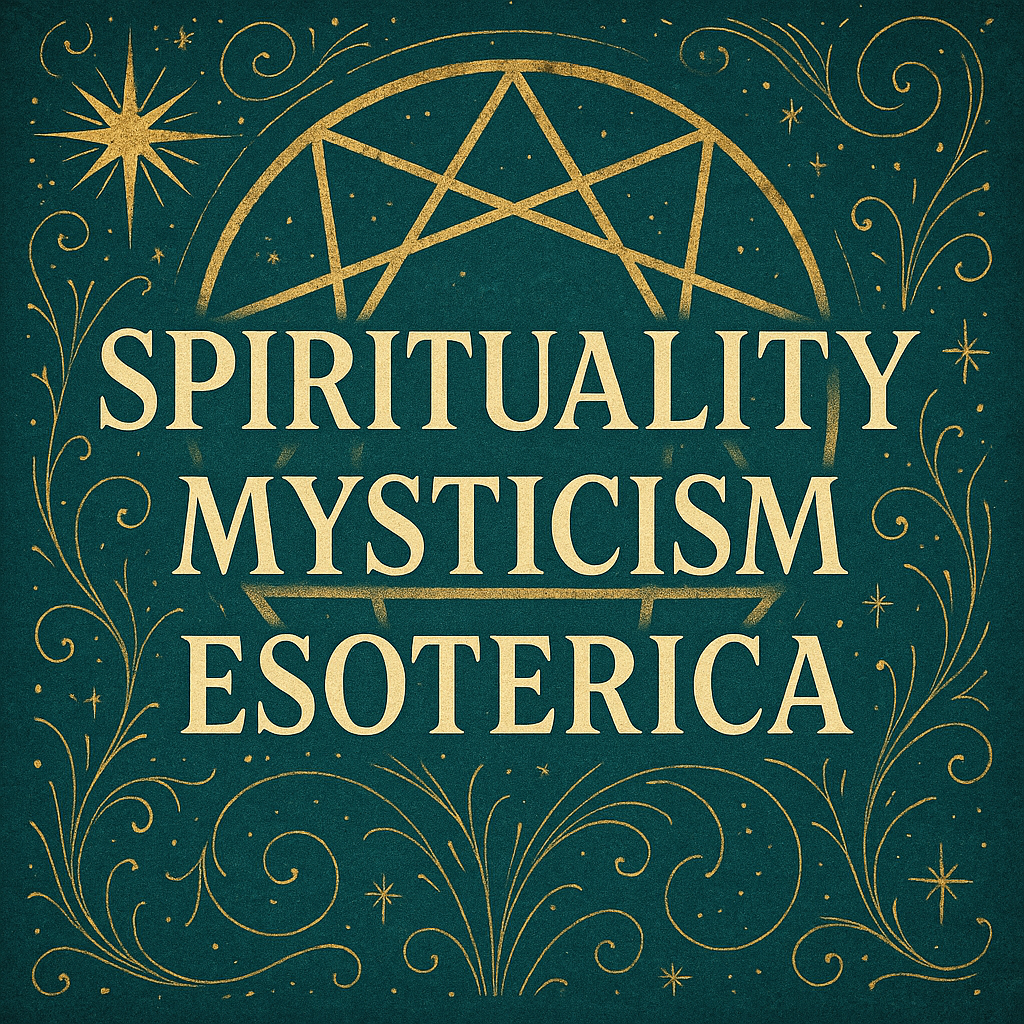How gnosis—not belief—is the real spiritual awakening
Plato’s Cave and the First Illusion
Imagine spending your entire life in a dark cave, staring at shadows cast on a wall. You don’t know the shadows are illusions; they’re your entire reality. This is the image Plato gave us over two thousand years ago in his Allegory of the Cave. In it, prisoners are chained so they can only see the wall in front of them. Behind them is a fire and a group of people walking by with puppets. The prisoners mistake shadows for truth because it’s all they’ve ever seen.
One prisoner escapes and sees the real world—sunlight, color, depth. When he returns to tell the others, they mock him. They can’t imagine anything beyond the shadows.
We are those prisoners more often than we think. We scroll through curated feeds, echo chambers, and projections. We call them information, opinions, even beliefs. But maybe they’re just shadows.
The Matrix and the Red Pill of Gnosis
Fast forward to 1999, and Plato’s cave takes on leather jackets and green code in The Matrix. Neo lives in a simulated world until he’s offered a choice: the blue pill to stay in illusion, or the red pill to see the truth. Once he takes the red pill, Neo doesn’t have to believe in the Matrix anymore. He knows it. And knowing—gnosis—changes everything.
Gnosis isn’t a belief system. It’s a shift in perception so radical that your old worldview collapses. It isn’t theoretical; it’s visceral. Like waking up from a dream and realizing you were asleep the whole time.
What Faith Actually Means (Hint: It’s Not Belief)
In much of modern religion, the word faith is often used as a stand-in for belief—as if to have faith means to accept an idea without evidence, to grit your teeth and “believe really hard.” But this wasn’t the original sense of the word, especially not in the mystical traditions where it mattered most.
In Gnostic Christianity, Sufism, and other contemplative paths, faith is not about blind belief. It’s about direct knowing—a kind of inner certainty born of experience, not intellect.
Take the Arabic word īmān (إيمان), often translated as “faith” in Islamic texts. Its root (ʾ-m-n) is linked to meanings of trust, security, and inner peace—a far cry from the Western notion of believing in spite of doubt. In Sufi teachings, īmān refers to the deep trust that emerges from firsthand spiritual experience. You don’t believe that God exists—you know, because you have touched the Real with your own being.
The 11th-century Persian mystic Al-Ghazali, after a profound spiritual crisis, said:
“Certainty is the light that God casts into the heart. It cannot be acquired by rational proofs but is a gift from God.”
This is gnosis: truth revealed not through mental effort but through an interior awakening.
To the mystic, faith isn’t a substitute for knowledge—it’s the fruit of it. It’s what remains after you’ve had the encounter, after the cave walls of Plato’s allegory crumble and you turn to see the light with your own eyes. In that moment, belief becomes unnecessary.
Think of it this way:
- Belief is reading about fire.
- Faith is feeling its warmth on your skin.
- Gnosis is being consumed by it and transformed.
From this perspective, spiritual crises—those moments of doubt, loss, or upheaval—aren’t failures of belief. They’re thresholds. Invitations. The old beliefs are cracking so that true knowing can enter. What dies in these moments is secondhand certainty. What is born is direct communion.
Why Gnosis Is Hard in a Rational World
We live in a world that elevates logic, data, and external proof. If you can’t cite your sources or link to a study, your insight is often dismissed. But gnosis isn’t something you can upload to Google Drive.
It happens in mystical moments: a sudden inner clarity, a wordless insight during meditation, a breakdown that becomes a breakthrough. You can’t prove it to others. But you know it’s real.
This is part of why spiritual awakenings feel lonely. You leave the cave, and people still inside think you’re crazy. They haven’t seen the sun yet. And you can’t make them look.
Escaping Your Own Cave
You don’t need to be a philosopher or mystic to begin this journey. You just need curiosity and courage.
Ask yourself:
- What shadows have I mistaken for truth?
- Where am I clinging to belief because knowing feels too disruptive?
- Have I had moments of gnosis I dismissed or ignored?
You can also turn inward:
- Reflect through journaling or meditation.
- Pay attention to moments of inner clarity, no matter how brief.
- Notice when you feel a deep “yes” in your body, even if your mind protests.
Gnosis isn’t something you chase. It’s something you remember. It’s the moment the light hits your eyes after a long time in the dark.
Belief is a doorway. Gnosis is the view on the other side. Escaping the cave isn’t about being right. It’s about seeing clearly—finally, fully, and for yourself.


